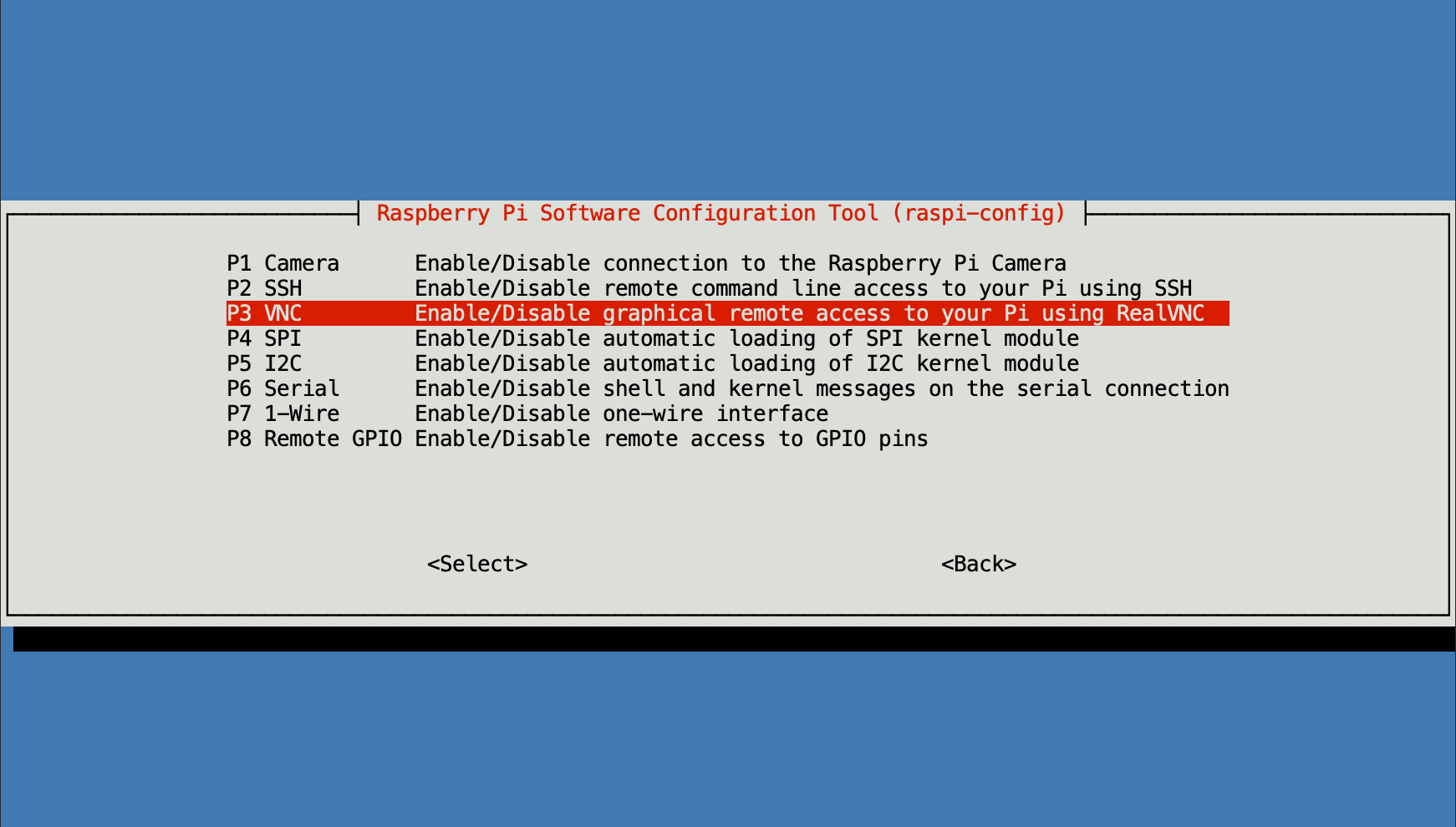

- #Tunnel pi vnc through ssh how to#
- #Tunnel pi vnc through ssh Patch#
- #Tunnel pi vnc through ssh software#
- #Tunnel pi vnc through ssh download#
- #Tunnel pi vnc through ssh windows#
To connect through the tunnel, enter the address 127.0.0.1:5900 into VNC Viewer, and connect via your local SSH tunnel to the VNC service on your Pi. The SSH overhead isn’t a real CPU problem for models such as the Raspberry 2 B+ and later, so don’t worry.
#Tunnel pi vnc through ssh Patch#
To allow this you have to patch a registry item value on the.
#Tunnel pi vnc through ssh software#
But when VNC server is connected through the SSH tunneling, SSH server software have to connect to the VNC server on the same computer.
#Tunnel pi vnc through ssh windows#
Then open a VNC client and connect to localhost:5900 This creates an SSH tunnel for your VNC traffic. By default VNC server running on Windows platform does not allow local connections (as you cannot connect to the same desktop you are working on).

Ssh -L 5900:localhost:5900 // be sure to change out the user name and server address to your server Here is the command to run on the computer that you want to connect from to open an SSH tunnel: It is simple enough to use a VPN to your network to reach the realVNC server. I know no reason why you could connect to tightVNC server but not realVNC server but I am sure that it is a problem on your end. If the VNC server you have is one you bought then that link you posted is correct otherwise quit posting things that aren't true. If you want to read more on the subject, you can read the Wikipedia articles about tunneling or port-forwarding. We hope that these explanations about SSH tunnels and port-forwarding will be useful for your daily work. Several folks have told you that the VNC server that comes with the Pi WILL do direct connections. This will silently create an encrypted SSH tunnel to your remote server and then direct VNC traffic through this tunnel. But direct connections work fine with VPN, so I use RealVPN to connect directly locally and have the option to connect directly remotely with VPN and its stronger encryption if/when I need to. It seems that they are blocking this type of connection. I got TightVNC server/client to correct directly through SSH, but couldn't do that with RealVNC. I get to it through the cloud connection because there is no way in to his network. I bought the Enterprise version so that my customer could connect in from his local network and see what was running on his Pi. I am developing software for a customer at a remote location that is being run on a Pi. I like x11vnc better than tightVNC but that is just a personal preference. I am currently using x11vnc on about 200 Linux boxes and it works great and will display the actual desktop. If you are coming at it from the internet then an SSH tunnel is a great idea, or just use the cloud connection which is much simpler.

I don't know anything about the encryption on realvnc but a direct connection is probably going to be on your own network and doesn't need any encryption. I have realvnc running on several Pis and I connect to them directly not through the cloud. I m not sure they would want to spend the time to implement or the computer resources necessary to support this for all their users.

But I still maintain that this is outside the scope of what my. would do. If you buy realvnc for the Pi because you want to use it for commercial purposes you need to buy the Enterprise edition to get direct connections. True, if this were implemented to tunnel the VNC traffic through the encrypted my. traffic it would indeed be secure. If you have port forwarding set on your router you can do this over the Internet. You can now use the GUI to run applications on the Raspberry Pi without needing a monitor or keyboard. Then connect using the vnc client using 127.0.0.1:1. I need the bastion to automatically forward port 22 traffic to the VNC port, for my user only if possible but not 100% required.If you are running the realvnc server from the Pi repository it will do direct connections. If using Windows then the ssh tunnel can be created from within PuTTY.
#Tunnel pi vnc through ssh download#
remote desktop raspberry pi windows/ First, You will need to download an SSH client.
#Tunnel pi vnc through ssh how to#
I do not have root access on the bastion host.Īll of the solutions I've found so far involve SSHing via command line, not using VNC. How to Remotely Desktop Raspberry Pi over SSH and VNC on Windows PC. Now my issues is I don't know how to get my bastion host to forward incoming port 22 for my user to the destination port 5905, in my case. My idea was to use TightVNC viewer and SSH tunnel through the bastion host to the GUI instance. Now I can only use port 22 to the bastion host but all outgoing connections are enabled. Problem: I need to be able to access that WebLogic server via internet browser through the bastion host.


 0 kommentar(er)
0 kommentar(er)
